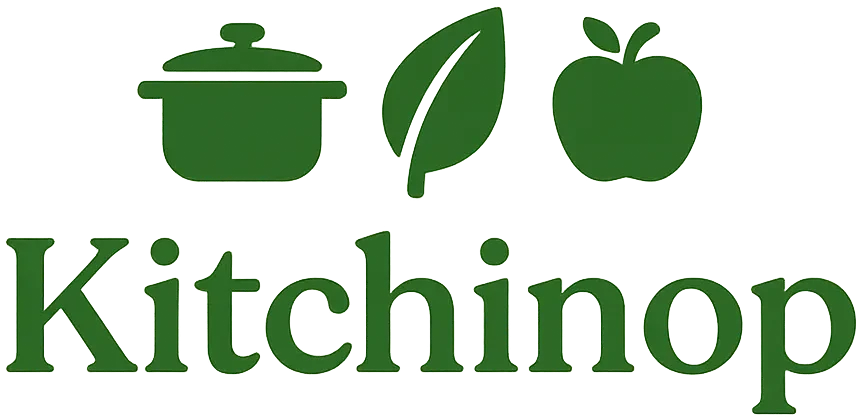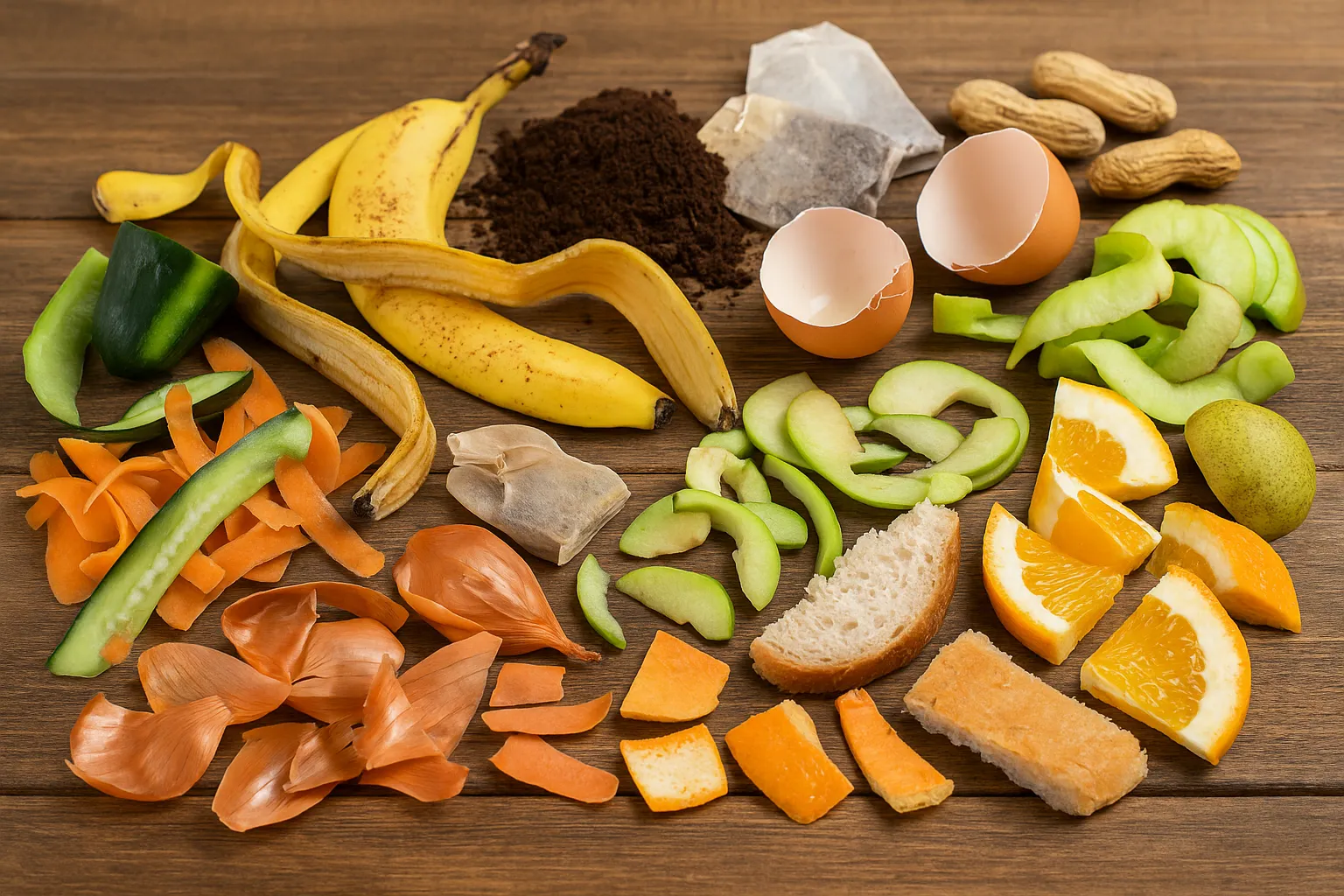Most of us toss kitchen scraps into the trash without a second thought, but what if those everyday leftovers could be the secret to a healthier, more productive garden? The truth is, many of the things we consider waste—banana peels, coffee grounds, eggshells, and even rice water—are packed with nutrients that plants absolutely love. Instead of spending money on chemical fertilizers, you can repurpose what’s already in your kitchen to enrich your soil, boost plant growth, and cut down on waste at the same time. It’s a win-win for your garden and the environment. Whether you’re growing vegetables, flowers, or houseplants, these simple scraps can make a big difference in the vitality of your plants.
1. Banana Peels
Banana peels are one of the easiest and most effective kitchen scraps you can use to enrich your garden soil. They’re naturally loaded with potassium and phosphorus, two nutrients that help plants produce more flowers and develop stronger root systems. When I first started gardening, I was amazed at how quickly my rose bushes perked up after I began using banana peels. The best part? They break down quickly, so you don’t have to wait long to see results. A simple way to use them is to chop the peels into small pieces and bury them directly in the soil around your plants. If you prefer liquid fertilizers, blending the peels with water creates a quick nutrient-rich tonic you can pour straight into the soil.
2. Coffee Grounds
If you drink coffee every day, you already have a steady supply of natural fertilizer sitting in your kitchen. Used coffee grounds are an excellent source of nitrogen, which plants need for leafy growth. They also help improve soil texture and attract earthworms, the natural tillers of the garden. When I sprinkle coffee grounds around my blueberry bushes, I notice the soil stays moist longer and the plants look greener. To use them, simply spread the dried grounds around your plants or mix them into your compost pile. Just don’t overdo it, as too much coffee can make the soil too acidic.
3. Eggshells
Eggshells are a powerhouse of calcium, an essential nutrient that prevents problems like blossom-end rot in tomatoes, peppers, and eggplants. When I first grew tomatoes, I learned the hard way how frustrating blossom-end rot can be. Crushed eggshells became my go-to solution. Rinse the shells, let them dry, and crush them into a fine powder before scattering them into the soil. This way, the calcium is released more efficiently. You can also toss them into your compost bin to give your pile a calcium boost.
4. Orange Peels
Orange peels bring more than just a citrusy scent to the garden—they also repel pests like ants and aphids. Their natural oils act as a deterrent while they break down and add nutrients like nitrogen and potassium to the soil. A friend of mine swears by mixing shredded orange peels into her compost pile to keep it smelling fresh and pest-free. You can chop the peels into small pieces and add them directly to the soil or throw them into the compost to balance out other scraps.
5. Vegetable Scraps
Every time you peel potatoes, chop carrots, or trim leafy greens, you’re creating free fertilizer. These scraps are packed with trace minerals that enrich the soil when they break down. I like to save my scraps in a freezer bag and, once I’ve collected enough, blend them into a “scrap smoothie” with water. Pouring this mixture directly onto the soil gives plants an instant nutrient boost. It feels good to know that instead of wasting food scraps, I’m feeding my plants with them.
6. Tea Leaves & Tea Bags
If you’re a tea drinker, your leftover leaves are another garden treasure. Tea leaves are rich in nitrogen and tannic acid, which improve soil structure and water retention. The first time I used tea leaves on my potted plants, I noticed the soil stayed more evenly moist, and the plants seemed healthier. To use them, sprinkle used leaves directly into the soil or compost. Just be sure to remove synthetic tea bag materials, as many aren’t biodegradable.
7. Rice Water
The water you pour down the sink after rinsing or cooking rice is full of starch and trace minerals that feed beneficial microbes in the soil. Instead of wasting it, let it cool and use it to water your plants. I started this habit after reading about it in a gardening forum, and it quickly became part of my weekly routine. My houseplants, especially ferns, respond beautifully to rice water, looking greener and more vibrant. Using it once a week is more than enough to keep your plants thriving without overloading them.
8. Potato Peels
Potato peels are an often-overlooked fertilizer that can bring a big nutrient boost to your garden. They’re rich in potassium, phosphorus, and even a little magnesium, all of which encourage root growth and healthy foliage. I remember once tossing potato peels into my compost bin and noticing how quickly they broke down compared to other scraps. You can bury fresh peels directly in the soil around plants, but a great trick is to boil them in water, let it cool, and use the liquid as a nutrient-rich “potato tea” for your plants.
9. Onion Skins
Onion skins are full of potassium, iron, and calcium—nutrients that strengthen plant immunity and help them resist pests and diseases. My grandmother used to swear by onion-skin water for her balcony plants, and it really works. Simply save your onion skins in a jar, soak them in water for a couple of days, and then pour the infused liquid at the base of your plants. It’s an easy, natural fertilizer and gives a second life to something you’d normally discard.
10. Apple Cores
Apple cores contain small amounts of potassium and phosphorus, and when they decompose, they release sugars that stimulate microbial activity in the soil. I usually chop them up and add them to my compost, but sometimes I bury them directly near fruiting plants like strawberries or cucumbers. Over time, you’ll notice richer soil and more vigorous plants. Just remember to cover them well to avoid attracting pests.
11. Corn Cobs and Husks
Corn leftovers may take longer to break down, but they add valuable bulk and structure to your compost, as well as trace nutrients. When I lived near a farm, we’d often compost piles of corn husks, and they helped keep the compost aerated while slowly enriching it. Chop them into smaller pieces before adding them to your pile, or bury them at the bottom of planting holes to let them break down gradually.
12. Nut Shells
Nut shells, especially from peanuts, almonds, or walnuts, make excellent soil conditioners. They’re high in carbon and help with drainage when mixed into soil. I like to crush them into smaller bits and sprinkle them at the bottom of plant pots to prevent compacted soil. Over time, they decompose and add a slow-release boost of nutrients while keeping the soil loose and airy.
13. Stale Bread
It may sound unusual, but stale bread can be composted or even fermented into a probiotic-rich fertilizer tea. Bread adds carbohydrates that feed the microbial community in your compost pile. I once tried soaking stale bread in water with a little molasses, and the liquid turned into a surprisingly effective garden tonic. Just be cautious—bury it well in the compost to avoid attracting animals.
14. Cucumber Peels
Cucumber peels are a refreshing fertilizer option because they’re loaded with magnesium, silica, and trace minerals that boost plant vitality. I’ve noticed my indoor plants look shinier and more vibrant after I started blending cucumber peels with water and pouring it into the soil. They decompose quickly, making them perfect for mixing into compost or using as a quick homemade plant booster.
15. Avocado Skins and Pits
Avocado scraps are slow to break down but packed with nutrients like magnesium, potassium, and calcium. The skins are fibrous, adding texture to compost, while the pits can be ground down and mixed into soil once dried. I once dried avocado pits in the oven and crushed them with a hammer—messy but satisfying—and sprinkled the powder around potted plants. It gave them a subtle nutrient boost while reducing waste from one of my favorite foods.
16. Grapefruit and Lemon Peels
Citrus peels don’t just smell fresh; they also contain phosphorus, nitrogen, and potassium that slowly enrich the soil. They also act as natural pest repellents thanks to the essential oils they contain. I like to dry citrus peels, grind them, and add them to my compost for an extra zing of nutrients. Mixing them into the soil around my herbs has helped keep pesky ants away from my kitchen garden.
17. Melon Rinds
Watermelon, cantaloupe, and honeydew rinds are rich in moisture and nutrients, and they decompose quickly, especially in hot compost piles. When my family enjoys watermelon in summer, I always toss the rinds into the compost. Within weeks, they’ve turned into dark, crumbly humus that enriches the soil. You can also chop them finely and bury them around large vegetable plants for a slow-release fertilizer.
18. Bread Yeast Residue
If you bake bread or brew beer, you probably have leftover yeast or residue at some point. Yeast adds beneficial microorganisms to the soil and helps plants absorb nutrients more efficiently. I often mix a spoonful of leftover yeast with warm water and sugar, let it sit overnight, and then water my plants with it. The fizzing activity always reminds me that the microbes are alive and working to benefit the soil.
19. Peanut Shells
Peanut shells are a fantastic addition to compost or as mulch because they’re high in carbon and break down slowly, improving soil aeration. Once, I spread a layer of peanut shells around my tomato plants, and they acted like a natural mulch, keeping weeds down while enriching the soil as they decomposed. Just make sure they’re unsalted and free of flavorings if you’re recycling shells from snacks.
20. Apple Peels
Apple peels break down quickly and provide potassium, phosphorus, and small amounts of nitrogen. Whenever I make apple pie or sauce, I save the peels and scatter them in my compost. If you don’t compost, you can blend apple peels with water and pour the liquid around plants as a quick fertilizer. It’s a simple, sweet-smelling way to give plants a little energy boost.
21. Celery Ends
The base of a celery stalk is often tossed out, but it’s full of minerals like calcium, magnesium, and potassium. I like to plant the root end in soil, where it often starts sprouting new leaves, giving me free celery. Even if it doesn’t regrow fully, it breaks down into nutrient-rich organic matter. This small trick not only reduces waste but also feels like a fun experiment in regrowing scraps into food.
Turning kitchen scraps into natural fertilizer is one of the easiest ways to practice sustainable gardening. Not only are you reducing household waste, but you’re also giving your plants the essential nutrients they need to thrive—without resorting to store-bought products. From banana peels and coffee grounds to melon rinds and celery ends, each of these scraps has something unique to offer your soil. Start small, experiment with what you already have, and you’ll quickly see how effective these simple practices can be. With a little creativity, your kitchen waste can transform into one of the most valuable resources in your garden.


